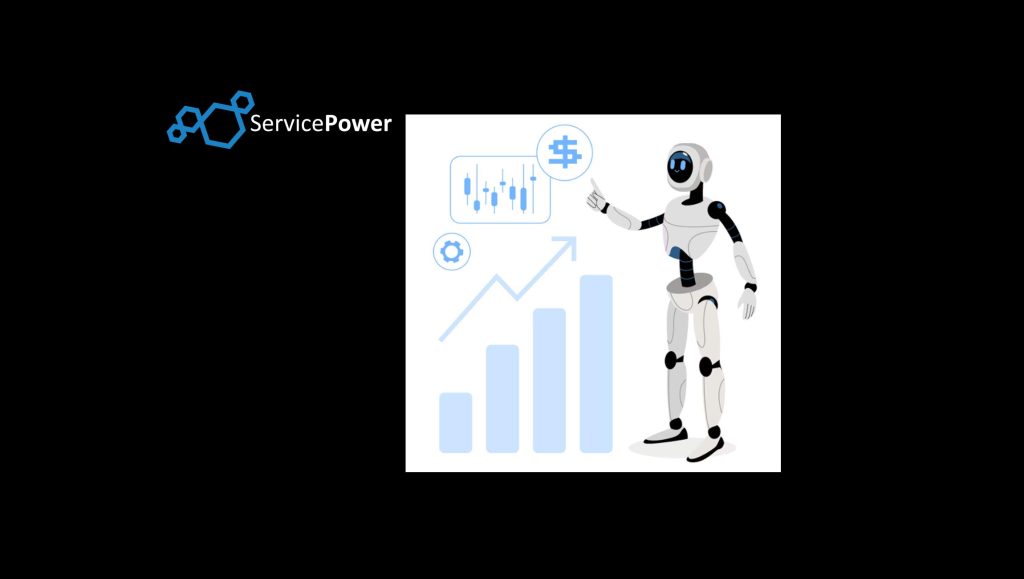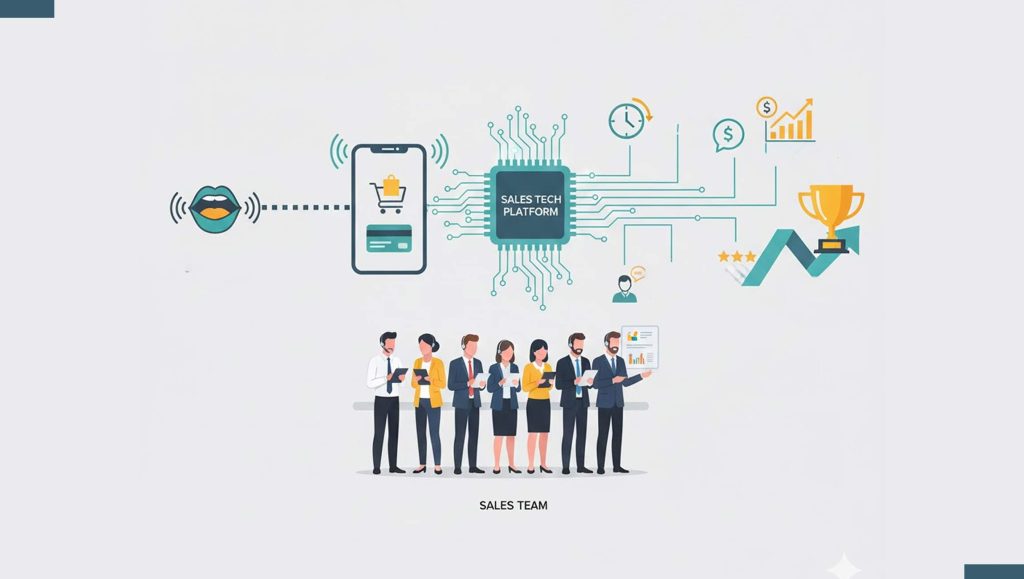With Amazon’s 7th annual Prime Day, the retail giant was able to count on another record-breaking 2-day event in 2021. According to one estimate, over June 21st and 22nd Amazon was able to sell more than 250 million items worldwide, resulting in over $11 billion in sales. Despite this achievement, Prime Day revenue actually increased at a much lower rate than it has in years past. While this may come as a surprise to some, it is not terribly shocking given retailers did not get much warning about Prime Day this year. The unfixed date of Prime Day confused many brands—underscoring the fact that the date is likely to change again in the future. Because of this uncertainty, retailers shouldn’t rely on Prime Day to drive a significant amount of their sales or to forecast sales into the future. Rather, they will need to employ savvy marketing tactics that will help them better communicate with their customer base and keep their audience purchasing through their own website. Here are some key tips for how retailers can drive sales outside of this important sales day.
Read More: Oro Inc. Launches OroMarketplace to Drive Multichannel B2B Sales Growth for Businesses
Focus on Personalized Messages Through Owned Channels
While Amazon does a good job marketing itself as the best channel for selling your products, a brand’s owned channels perform better at attracting audiences to your site and developing a better brand relationship with your customers by convincing them to purchase directly from your site. In fact, many of our clients are able to drive 25% of their online revenue through triggered email and text campaigns alone. The important thing to keep in mind for owned-channel campaigns is that you need to keep them relevant to each individual person who receives your messaging. Consumers were incredibly forgiving last year, especially as retailers faced long shipping windows and backorders during the height of the pandemic, but this time around they’ll expect retailers to meet and even exceed their expectations digitally.
In today’s modern marketing world, there is no difference between brand marketing and digital marketing. Your customers already expect to receive messages across email and text that are tailored to their unique shopping habits. The industry bar has been lifted and brands that don’t focus on one-to-one personalization face the serious risk of losing sales to their competitors. It can be much harder to offer this personalized approach when relying solely on Amazon. Instead, work with a vendor that can simply and effectively help you create one-to-one marketing campaigns across your owned channels. This will not only help improve brand affinity, it will also directly result in more onsite sales.
Extend Your Reach Through Text Campaigns
Retailers can’t just rely on desktop marketing to drive sales. In fact, my team even noticed for the first time ever that consumers completed purchases through mobile more often than they did on desktop last Black Friday & Cyber Monday. To capitalize on this, brands need to be focused on reaching customers through mobile. The most successful brands are able to do this by working with a vendor that helps them send triggered Texts. By running Text campaigns, you’re nearly guaranteed to get your message in front of your target audience. That’s because users almost always open texts from notifications they see on their phones, a fact we’ve seen reflected in the channel’s nearly 100% open rates and click-through rates that can rival those of email. If you’re unsure how to run your first Text message campaigns, consider engaging an expert who can help you set them up.
Read More: SalesTechStar Interview with Nikhita Hyett, MD, Europe at BlueSnap
Expand Your Focus and Efforts Beyond Pre-Defined Promotional Times
Many retailers put too much emphasis on running promotions during one or two very specific times of the year. While this can be effective, it also limits brands in their ability to drive daily sales throughout a 12-month cycle. Prime Day or legacy moments like Black Friday are not the only opportunities for major promotions. Personally, just as Alibaba established Singles’ Day, I’d love to see brands unite to establish their own major event independent of Amazon. If a brand has the bandwidth, establishing their own holiday or promotional event can be incredibly effective at attracting and converting users into sales that might not have otherwise happened. But, even if this isn’t possible, it’s still important to treat every interaction with a customer like it’s a special day so that you can create more brand loyalty by showing them how much you care about their shopping experience. In order to do this, be sure to work with a partner that can trigger marketing messages that are specific to each site visitor’s unique shopping habits.
While these tips may seem simple, they are some of the most powerful ways that brands can ensure they’re creating enjoyable marketing experiences for their customers that not only convince them to click on an ad but complete a purchase, as well.




















